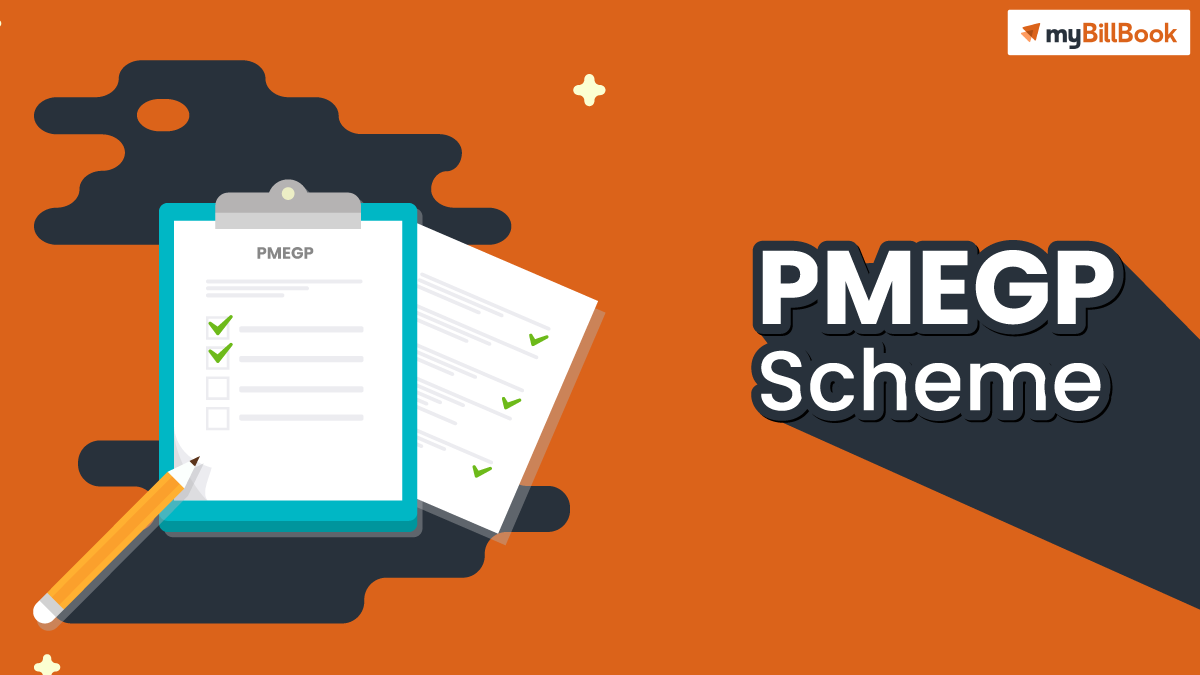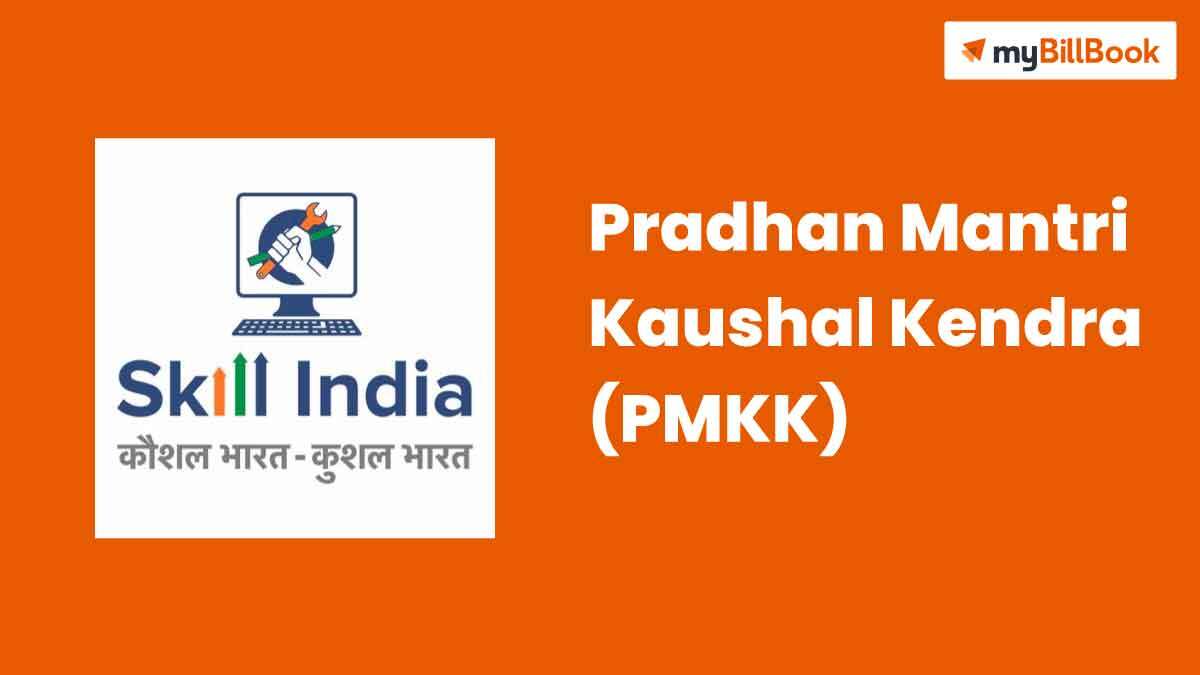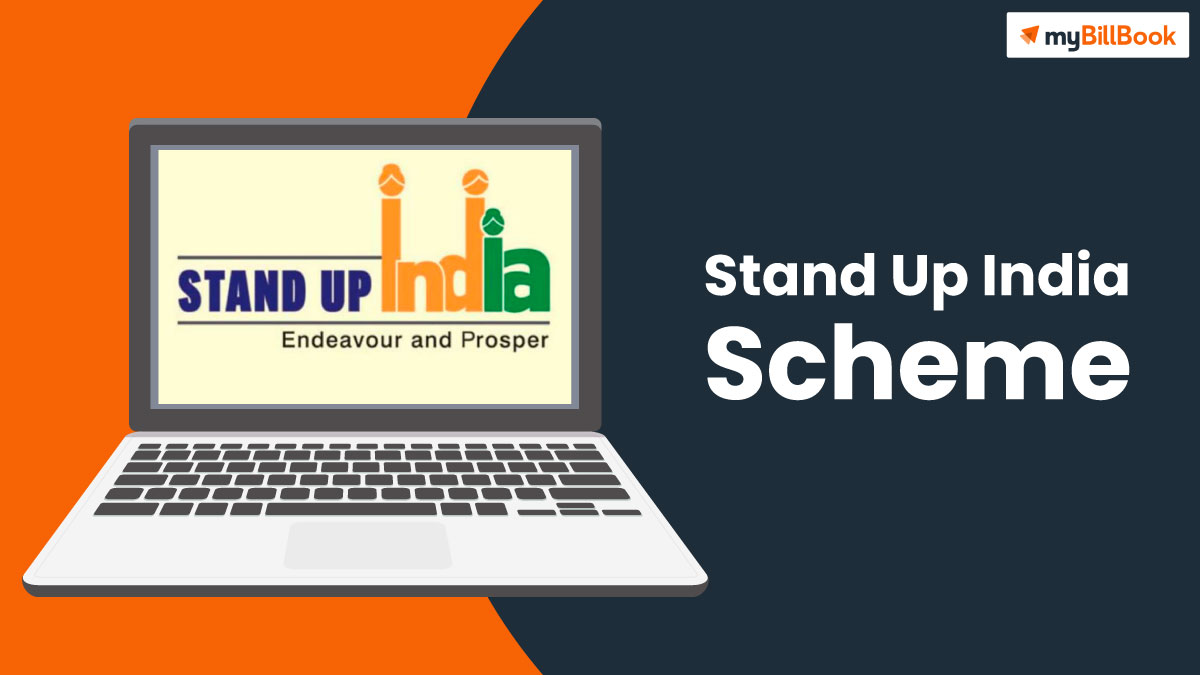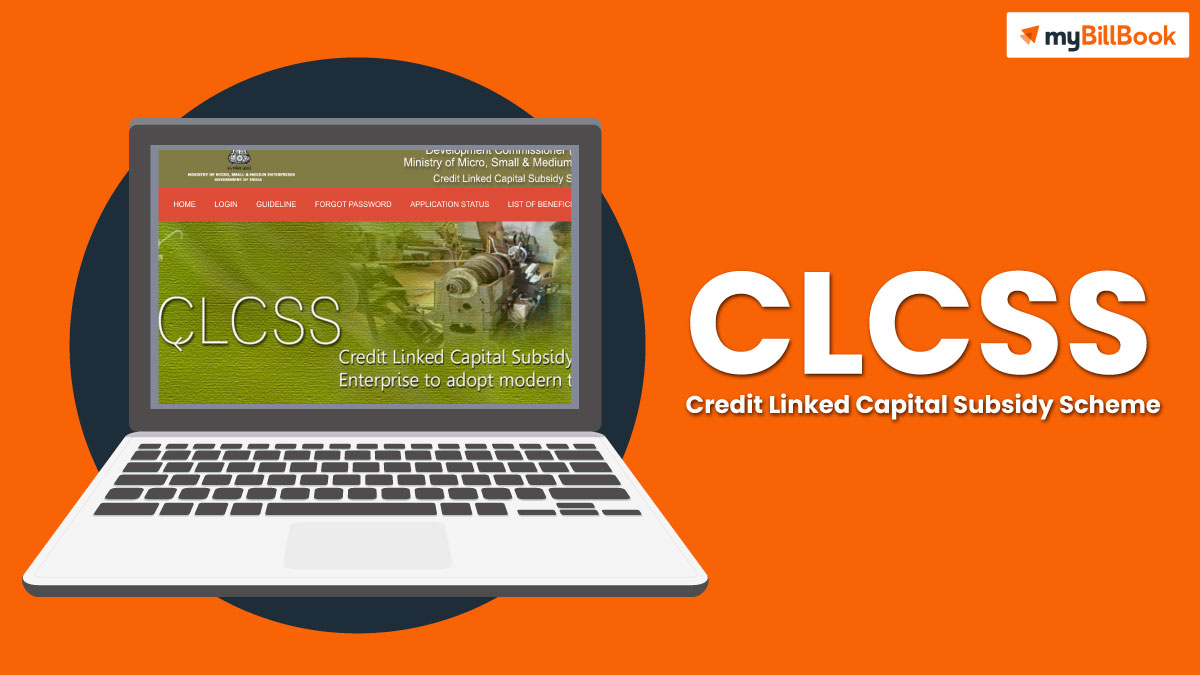What is PMEGP Scheme?
The PMEGP or the Prime Ministers Employment Generation Programme is a scheme that is introduced by the Ministry of Micro, Small and Medium Enterprises, Government of India. The scheme is implemented by the Khadi and Village Industries Commission (KVIC) at the national level. Its a credit-linked subsidy program that has been introduced in the year 2008.
The PMEGP is an amalgamation of two previous schemes which were the Prime Ministers Rojgar Yojana and the Rural Employment Generation Programme. The entire aim and objective of the Prime Ministers Employment Generation Programme are to increase self-employment opportunities in the micro, small and medium enterprise sectors. It aims to create jobs in the non-farming sectors for the unemployed individuals and the local indigenous artists and help them scale and grow their business.
What are the objectives of the PMEGP Scheme?
Prima facia, the main objective of the PMEGP is to generate employment in the micro and SME sectors for the youth of the country. Through the mains of increasing employment, the scheme aims to generate income for the businesses which will in turn also help the nation in growing and contributing to the economy.
The other objectives of the scheme are:
- Generation of sustainable and self-employment in the urban and rural areas of the country in the micro and small enterprises sector.
- Providing employment to large sections of the rural economy which are sustainable, continuous and receive the minimum wage through the establishment of micro-enterprises.
- To encourage the young artisans and traditional craftsmen of rural India so as to keep the culture and heritage in check, and also reduce the overpopulating of the urban cities.
- Encouraging and governing financial institution for better credit requirements for the micro, small and medium enterprises.
What is the eligibility criteria of the PMEGP?
- Any Indian citizen who is above the age of 18 years is eligible to qualify for this programme.
- In case the individual requires INR 5 lakhs for the service sector and INR 10 lakhs for the manufacturing sector, then a mandate of passing the 8th Standard is a compulsory requirement.
- The project has to be a new project for it to be considered in the PMEGP scheme.
- Self-help groups, Institutions registered under the Societies Registration Act, 1860 and Charitable Trusts can also be considered for this programme.
- Existing units or institutions that have already availed government subsidy through other programs and schemes are not eligible to avail a subsidy again in the Prime Ministers Employment Generation Programme Scheme.
What is the scope of the PGEGP?
- The scheme is actually open to individuals residing all over the country. While the scheme focuses on rural development, individuals from the urban cities and tier 1 and tier 2 can also apply for this programme. As long as their project falls under the micro, small and medium enterprise sector.
- The limit to the maximum cost of the project under the manufacturing sector is INR 25 lakhs and the limit in the service sector is capped at INR 10 lakhs.
- An individual can apply for a subsidy or assistance only for a new project. Existing projects cannot be considered.
- The scheme is limited to only one individual per family. Multiple members of the same family cannot get subsidy for different projects.
- There is a list of negative activities mentioned by the governing body. Assistance for any business falling under the negative activities list is not allowed.
Features and benefits of the Prime Ministers Employment Generation Programme
- The scheme is implemented by the Khadi and Village Industries Commission functioning body at the national level. The KVIC Directorates, the State Khadi and Village Industries Commission are responsible for governing this scheme at the state level.
- There is no particular income ceiling that is mandatory for setting up new projects.
- The programme is open to all individuals including SC/ ST/ OBC/ Minorities/Women, Ex-servicemen, Physically handicapped, NER, Hill and Border areas, etc.
- Once a beneficiary has been given approval for the scheme, a two-week training is mandatory for all the beneficiaries. This is to ensure they know their industry well and also how to conduct and run a business from an entrepreneurial point of view.
Benefits of the PMEGP
- It increases the employment and entrepreneurship characteristics of the regions and of the nation. Giving rise to more income to the smaller communities of the society.
- The eligibility criteria for the subsidy is not very intensive giving everyone an equal and fair chance for qualifying for the subsidy.
- Most of the industries are eligible to be a part of the scheme except a few which are already included in the negative industries list.
- Through this scheme, the government can maintain and excel the heritage of our country and ensure we do not lose out on artists and craftsmen who have learned the skill of their industry only from their forefathers.
Subsidy Entitlement and Nature of Assistance
The nature of entitlement and that of assistance from the Khadi and Village Industries Commission changes depending on the category of the beneficiary and also whether they reside in the urban area or the rural area. While a major chunk of the financial assistance can be borne by a financial institution or KVIC, there is a minimum promoters contribution that is mandatory.
| Bank Finance | KVIC Subsidy (Rural) | KVIC Subsidy (Urban) | Promoters Contribution | |
| General Category Beneficiary or Institution | 90% | 25% | 15% | 10% |
| Special Category Beneficiary or Institution | 95% | 35% | 25% | 5% |
List of Negative Activities that are excluded from receiving funding
As mentioned above, there is a list of negative activities mentioned by the governing body which cannot be included in the Prime Ministers Employment Generation Program. This list of activities includes a bunch of activities that could either be harmful to the environment or the society around due to which are they excluded from assistance.
Some of the negative activities are:
- Any business, individual or industry that partakes in the production, supply or selling of meat and meat products.
- Businesses or Individuals that take part in intoxicants such as paan, beedi, tobacco, alcohol are also included in the negative list due to the social damage they incur.
- Businesses that are linked with sericulture, cultivation, horticulture and even floriculture.
- Industries and businesses that conduct business in the plastic segment such as polythene bags, plastic with less than 20 microns are excluded, as they cause heavy environmental damage.
- Production of Pashmina Wool, and other textiles which require spinning and hand weaving and other textiles which already come under the governance of Khadi Certification Rule.
- Rural transportation. CNG autorickshaws are only allowed in the states of Andaman and Nicobar Islands and the North Eastern Region of the country with proper approvals and permissions from the concerned governing bodies.
Documents Required for PMEGP and How to Fill the Form
- Aadhar Card
- Education Qualification along with Certificate
- Address Proof
- In case of general or special category, a certificate in case of special category
- Unit location
- Proposed Unit Location Address
- Type of Activity and business proposal details
- Bank Details
- Loan Amount Required
One needs to go on the My SME Website – https://msme.gov.in/ or the Khadi Village and Industries Commission website – https://www.kviconline.gov.in/. Once on the website, they need to then click on the Prime Minister Employment Generation Programme or the PGEGP ePortal and follow the steps. All the information mentioned above will be required to fill in by the individual. Once that is done they need to submit the application and wait for their approval!







